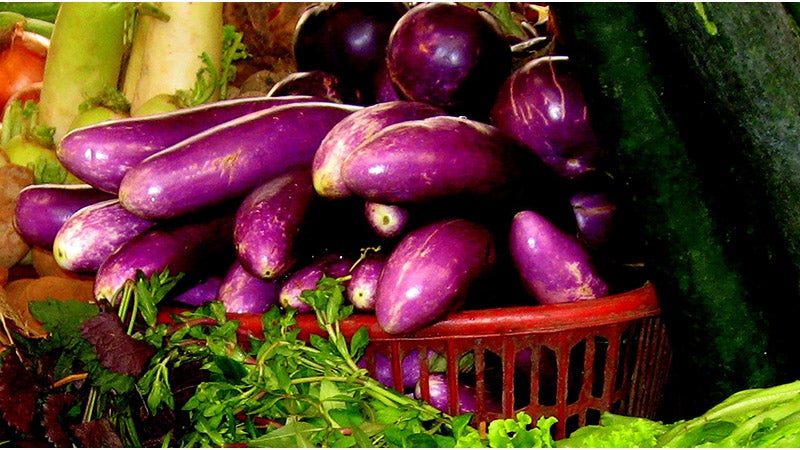Vinegar is a star ingredient in food preservation
Published 6:00 am Friday, August 28, 2020

- Japanese eggplants shouldn’t be planted in the garden until nights are consistently above 50 degrees.
|
Getting your Trinity Audio player ready...
|
Vinegar is an important ingredient in food preservation, and used in many canning recipes beyond pickling, such as BBQ sauces, marinades, chutneys and curries. Vinegar is acidic and inhibits the growth of microorganisms in foods, preventing the food from spoiling. It’s often added to recipes to increase a food’s acidity to a pH value below 4.6, the threshold at which the bacteria that causes botulism is prevented from growing.
Vinegars are made in a two-step fermentation process. First, yeast feeds on the sugar or starch of foods like fruits, whole grains, potatoes or rice, producing alcohol. The second fermentation occurs when harmless Acetobacter bacteria feeds on the alcohol and converts it into acetic acid. A bottle of distilled white vinegar at the grocery store is most commonly 5% acetic acid and 95% water. The 5% figure is the essential element to check before using vinegar in a recipe, because vinegar with less acetic acid will not safely preserve foods in a recipe that requires greater acidification.
There is a wide range of vinegars, though you’ll mostly see apple cider vinegar and distilled white vinegar in home canning recipes. Balsamic, rice, and red or white vinegars may also be used to preserve and add interesting flavors to foods, and safe to use as long as they have the right acidity levels. White distilled vinegar has a sharp acidic flavor, but apple cider, balsamic, and rice vinegars are more mild and can even have sweet flavors.
Vinegar also affects the color and texture of foods. It’s used to marinate meat because it breaks down the chemical structure of protein, tenderizing the meat. Green vegetables become a more drab color when cooked with vinegar because it displaces magnesium in the vegetable’s chlorophyll molecules. In a more positive light, vinegar has a brightening effect on red fruits and vegetables, and helps preserve the color of white produce like apples and potatoes by slowing down the enzyme activity that causes browning on cut produce.
A key takeaway from this deep dive on vinegar is to make sure you read recipes and vinegar labels carefully when using this ingredient in food preservation. Vinegar is a reliable ingredient in making food safe to consume, but only if you use the right acidity levels for the recipe you’re following.
You can find more gardening and food preservation resources on Virginia Food Works’ website: www. virginiafoodworks.org/ Home-Canning-Resources.
KATHARINE WILSON is the director of Virginia Food Works. She can be reached at info@virginiafoodworks.org.




